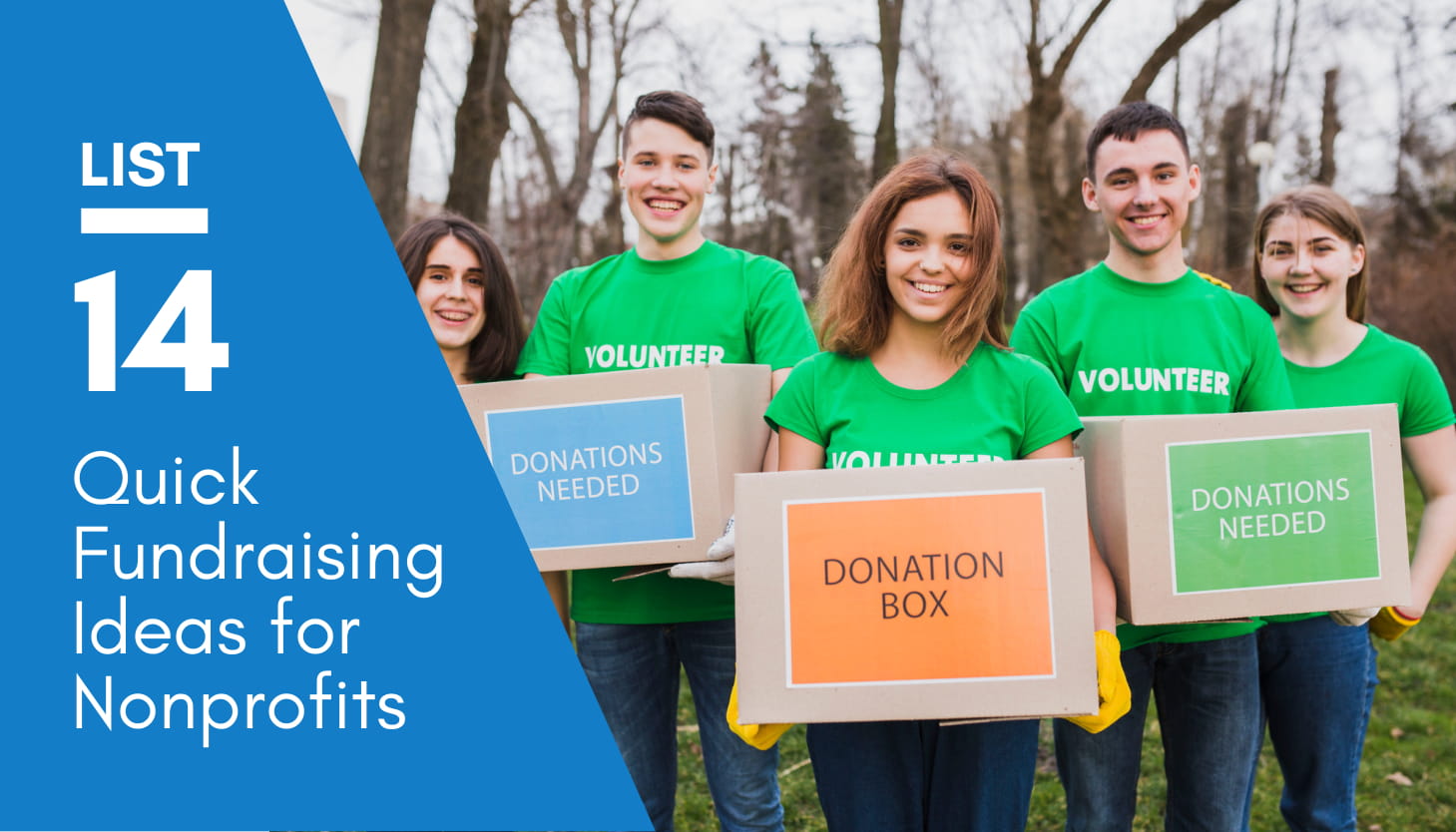Fundraising Consultant: Specialist Support to Improve Your Nonprofit's Fundraising
Fundraising Consultant: Specialist Support to Improve Your Nonprofit's Fundraising
Blog Article
The Role of Area Involvement in Nonprofit Fundraising: Structure Lasting Relationships for Sustainable Assistance
Community involvement is increasingly acknowledged as an important part of successful not-for-profit fundraising. The methods and methods used to involve communities vary widely, raising essential questions concerning performance and effect.
Comprehending Neighborhood Involvement
Community engagement is an important element of effective not-for-profit fundraising efforts. Nonprofits must identify essential stakeholders-- such as community participants, local companies, and various other companies-- to create efficient engagement techniques.
Effective community interaction is based on active listening and responsiveness to the demands and interests of the neighborhood. This procedure includes soliciting responses, comprehending area dynamics, and making sure that the company's objective aligns with local top priorities. Involving the community can take different kinds, consisting of public conferences, volunteer opportunities, and partnership campaigns, each made to motivate participation and investment in the company's objectives.
Moreover, area involvement must be approached as a continuous dialogue as opposed to an one-time initiative. By cultivating a comprehensive environment where area voices are listened to and valued, nonprofits can construct a solid structure for future fundraising endeavors. Ultimately, a deep understanding of neighborhood involvement empowers organizations to produce genuine connections that boost their total effectiveness and sustainability.
Advantages of Solid Relationships
Solid relationships formed through area interaction return numerous benefits for nonprofit fundraising initiatives. First and primary, these connections foster trust and reliability, crucial parts in encouraging benefactors to add. When possible advocates see a not-for-profit actively associated with their community, they are more probable to rely on its goal and effect.

Moreover, these partnerships help with efficient interaction. Nonprofits can utilize their connections to share stories of impact, updates, and needs, making sure that fans stay educated and engaged. This open line of communication not only reinforces bonds but likewise encourages word-of-mouth promo, increasing the nonprofit's reach.
Finally, strong community ties can draw in brand-new companions and enrollers. Businesses and people are more likely to straighten with companies that show meaningful neighborhood involvement, providing additional sources and assistance that can considerably boost fundraising abilities. Therefore, cultivating robust relationships via community engagement is indispensable to a not-for-profit's lasting fundraising success.
Strategies for Effective Interaction
How can nonprofits efficiently involve their areas to improve fundraising initiatives? Normal updates, engaging web content, and calls-to-action can galvanize area interest and involvement.
Second, holding area occasions, such as workshops, volunteer opportunities, or fundraising drives, assists in in person interaction, allowing nonprofits to showcase their effect and initiatives. These occasions not only raise funds however additionally cultivate relationships and allow community members to involve directly with the cause.
Third, carrying out individualized interaction techniques can enhance engagement. Tailoring messages to specific contributor sectors you can try this out based on passions and previous payments fosters a feeling of belonging and investment in the organization's mission.
Finally, developing collaborations with neighborhood companies informative post and neighborhood leaders can enhance outreach efforts. Collective efforts can boost exposure and reliability, showing a cumulative dedication to the neighborhood's wellness. By incorporating these strategies, nonprofits can develop enduring partnerships that boost fundraising initiatives and drive lasting support.
Measuring Interaction Success
While involving the area is important for successful not-for-profit fundraising, determining the effectiveness of these interaction initiatives is equally important. Developing clear metrics allows organizations to analyze exactly how well they are attaching with their target market and achieving their fundraising goals. Secret efficiency indications (KPIs) such as benefactor retention prices, volunteer involvement levels, and engagement on social media platforms supply concrete information for evaluation.

Frequently analyzing these metrics allows companies to pivot their approaches when essential, making certain that area engagement continues to be straightened with their general mission. Furthermore, sharing these results with stakeholders promotes transparency and look at these guys builds trust, urging additional area involvement. Inevitably, a durable dimension framework not just notifies future fundraising campaigns but likewise enhances the relationship between the not-for-profit and its advocates, laying the groundwork for sustainable success.
Case Studies in Neighborhood Effect
Various study show the extensive impact that area interaction can carry nonprofit fundraising success. One remarkable instance is the "Something to chew on" effort, where a neighborhood food financial institution partnered with schools and services to host area dinners. These occasions not just raised funds yet likewise cultivated a sense of belonging amongst participants, considerably raising donor retention rates.
Another compelling instance is the "Environment-friendly Spaces Task," which included local citizens in the revitalization of metropolitan parks. This initiative not just amassed financial support from neighborhood services however likewise grew a volunteer base that added to ongoing upkeep and programming. The feeling of possession and pride amongst community participants converted into continual contributions.
In the world of arts, the "Art for All" campaign successfully engaged neighborhood musicians and customers to create collaborative art installments, causing raised exposure and contributions for a neighborhood arts nonprofit.
These examples highlight that when nonprofits prioritize area participation, they can develop long-term relationships that enhance fundraising efforts, making sure lasting assistance and cultivating a vibrant neighborhood society. Such cases demonstrate that area involvement is not simply a strategy however a crucial pillar of not-for-profit success.
Conclusion
In final thought, neighborhood engagement is integral to the success of nonprofit fundraising initiatives. Eventually, a durable structure of area assistance not just magnifies fundraising possible however likewise grows a society of collaboration, necessary for achieving long-term organizational goals and sustaining meaningful effect. fundraising consultant.
Nonprofits must identify crucial stakeholders-- such as neighborhood members, local organizations, and various other companies-- to develop effective interaction approaches.

In conclusion, area involvement is indispensable to the success of not-for-profit fundraising initiatives.
Report this page